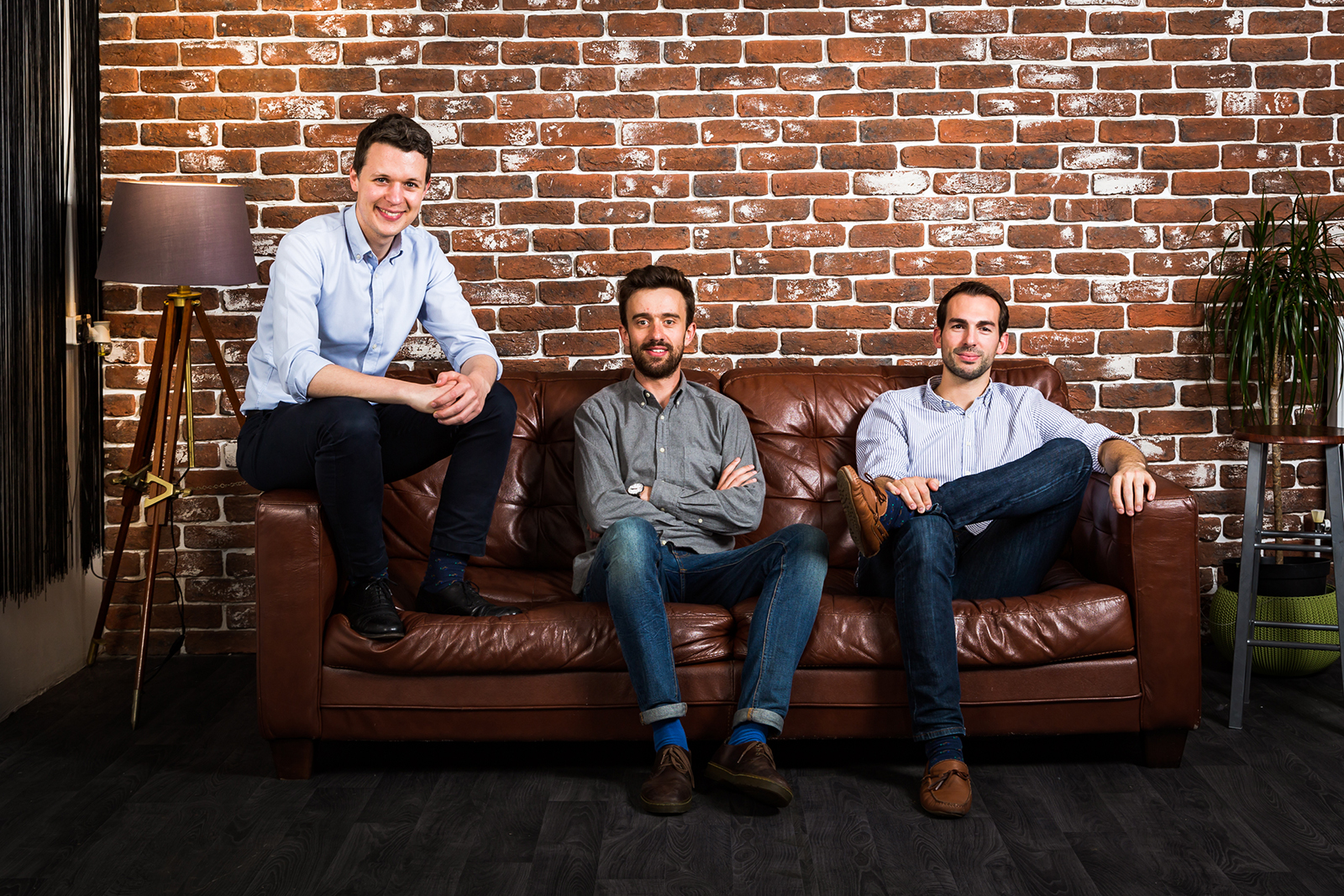The modern solution to this multi-faceted, complex problem of greys that people have furiously tried to pretend is black or white is of course Artificial Intelligence. Simply put, techniques like machine learning create a framework that computers can use to understand what ‘normal’ behaviour looks like. Once you know normal, you can spot abnormal and abnormal is what happens when something is about to go wrong.
The use of AI in security from a network perspective has rapidly become an industry norm with companies like DarkTrace leading the charge. But, going back to my early observations, most security goes wrong not on the network but at the hands of a person. And that is why I was so impressed by the work of the team at Tessian.
We’ve known Tessian (previously CheckRecepient) for a long time, having tracked them ever since they were part of the excellent Cylon accelerator. Originally focusing on just one key problem – making sure that employees at legal and financial services firms don’t send emails to the wrong person, whether by mistake or on purpose – Tessian have built a highly scalable AI architecture that checks every email and its contents live and as it leaves a user’s outbox.
Part of their achievement is of course excellent engineering (what else would you expect from a team of three co-founders who met at Imperial?). Equally important is the insight into human behaviour and the reality of where secure systems actually fail – it is this insight and the strategy born of it that I think was the true genius behind the team’s product.
Unsurprisingly to us, this solution hit a nerve with enterprises and the company has quietly but rapidly grown. While originally focused on a single challenge – hence the old name! – the architecture that was built to solve it is extensible beyond that into a fully-blown security engine that understands people, their behaviour and their conversations.
As the company and its products grew it became clear that it was time for them to raise a Series A and as that is the stage that Balderton focuses on, we felt like it was a great time to start working together. I’m glad to say that Tim, Ed, Tom and the rest of the team felt the same about us and so we’re honoured to be investing in the company and joining its journey from here.







 Part of their achievement is, of course, excellent engineering. Equally important is the insight into human behaviour and the reality of where secure systems actually fail – it is this insight and the strategy born of it that I think was the true genius behind the team’s product.
Part of their achievement is, of course, excellent engineering. Equally important is the insight into human behaviour and the reality of where secure systems actually fail – it is this insight and the strategy born of it that I think was the true genius behind the team’s product.

